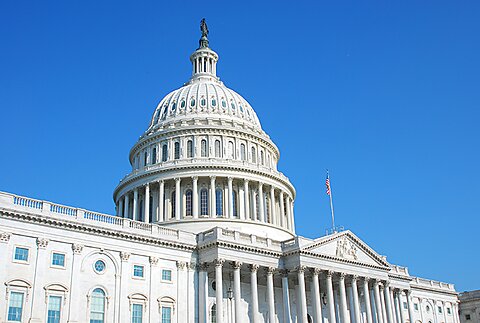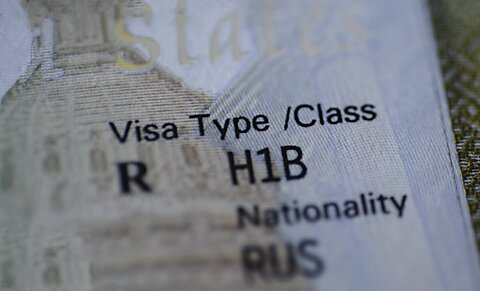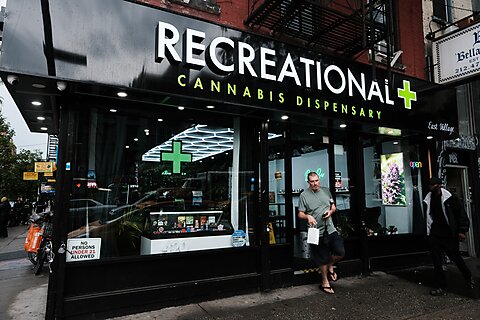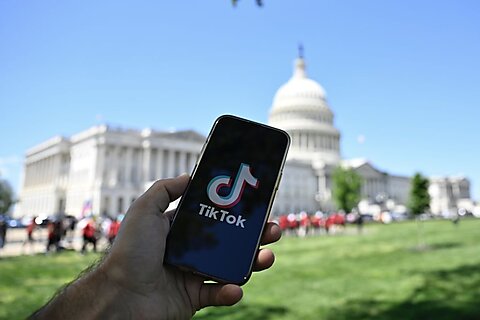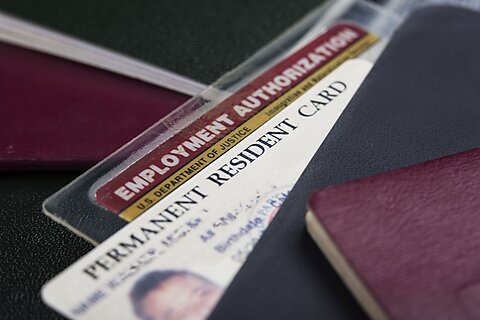Romina Boccia and Dominik Lett
If you are congressional staff and you haven’t registered yet: Tomorrow, May 3, from noon to 1:15 P.M. EST, I will be joined by select fiscal experts for lunch and a deep dive into emergency spending. We will discuss how the abuse of emergency spending has worsened the already grave fiscal outlook and explore innovative proposals for budget reform. Hope to see you there!
Congress is increasingly abusing emergency designations, which were originally intended to provide a safety valve for responding to urgent and unexpected crises, to evade spending limits. Over the last three decades, one in every ten dollars of federal spending has been exempted from normal budget controls through emergency‐related designations. This fact sheet aims to provide key fiscal details that legislators and the public should know about the growing use of emergency designations.
Congress provided $12 trillion in spending for emergencies over the past 30 years.
Discretionary budget authority accounts for half of emergency‐related spending. Defense and disaster relief regularly receive “emergency” funding for recurring, predictable operations.
Mandatory or direct budgetary authority accounts for the other half of emergency spending, with 87 percent of this spending traceable to just five pandemic and Great Recession laws.
Emergency spending comprised 3 percent of annual budget authority following the 9/11 terrorist attacks. It grew to 18 percent following the Great Recession. Emergency spending peaked at 32 percent of annual budget authority in 2020—an inflation‐adjusted $3 trillion (see figure below).
Because most emergency spending is deficit spending, we estimate emergency spending generated an additional $2 trillion in interest costs. That brings the grand emergency total to $14 trillion—roughly half of the size of the government’s $27.5 trillion in public debt.
Congress continued emergency spending even after the pandemic ended.
In 2023, Congress provided $162 billion in emergency designations. This funding was primarily allocated for Ukraine aid, disaster relief, and prior‐year legislation, including the Infrastructure Investment and Jobs Act.
In 2024, Congress continued that trend with annual emergency spending now at $196 billion.
Together, three recent supplementals for Ukraine, Israel, and the Indo‐Pacific region provided $96 billion in budget authority. This spending will generate $40 billion in additional interest costs over the next ten years.
To date, Congress has provided $174 billion in emergency funds for Ukraine. Including interest costs pushes the total above $240 billion over the next ten years.
Like in prior years, Congress used emergency funds in the 2024 yearly appropriations bills to evade spending limits. For example, more than half a billion dollars in law enforcement salaries were emergency designated.
Myopic abuse of emergency designations contributes to the long‐run fiscal challenge.
During emergencies, Congress overspends because it is not bound by budget rules.
Unlike World War II, recent emergencies have resulted in sustained, elevated debt. This is largely because legislators are unwilling to make the necessary spending cuts to achieve primary surpluses. The nation’s fiscal projections are already dismal, and that’s before considering the possibility of a future conflict, pandemic, or some other crisis.
Congress is also prone to spend wastefully because of excessive emergency spending.
The Government Accountability Office found that emergency supplemental spending faced less oversight and that issues unrelated to the initial emergency often received funding.
The Associated Press found that $403 billion of COVID-19 relief funding, or 1 in every 10 dollars of pandemic aid disbursed, was stolen, wasted, or misspent.



